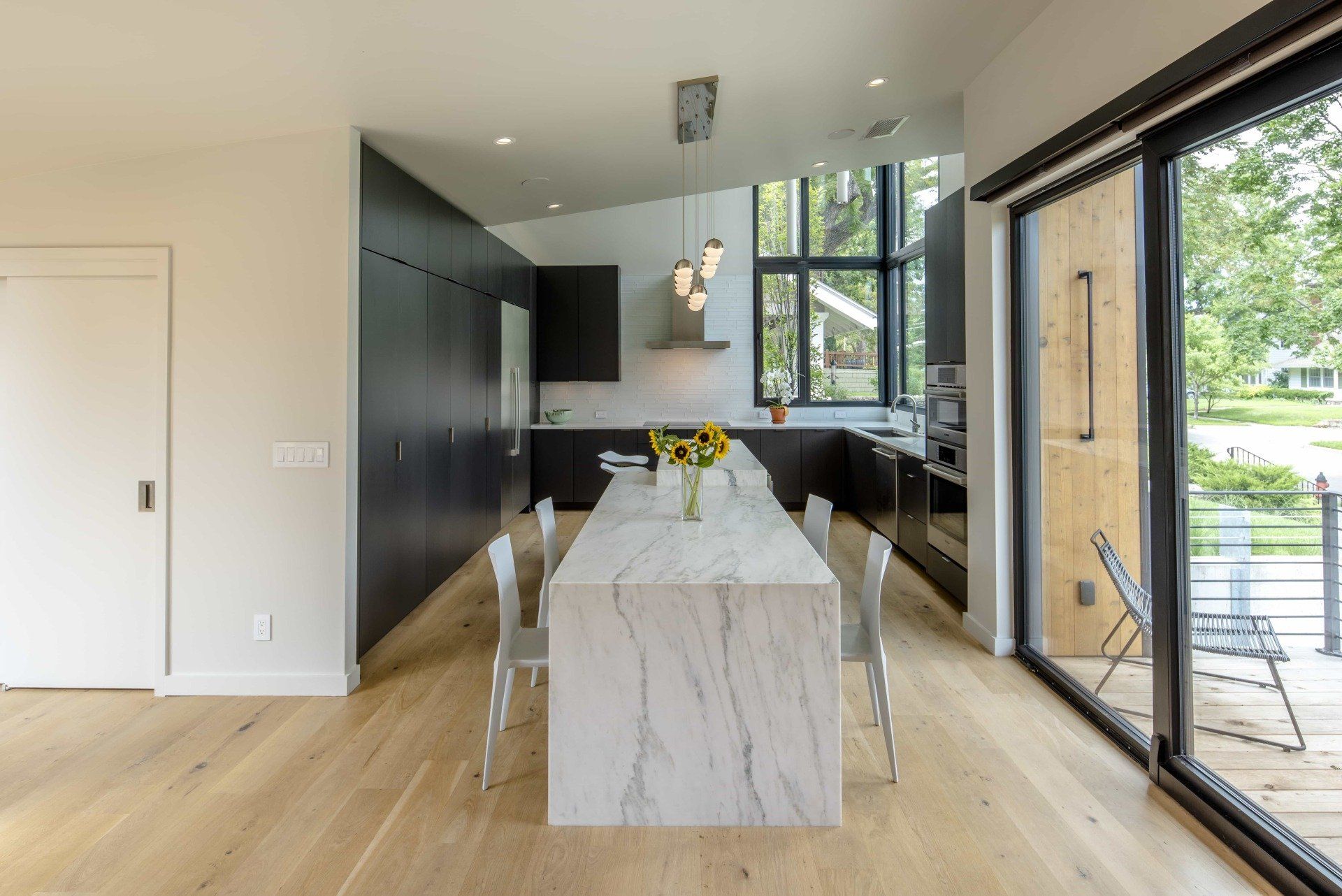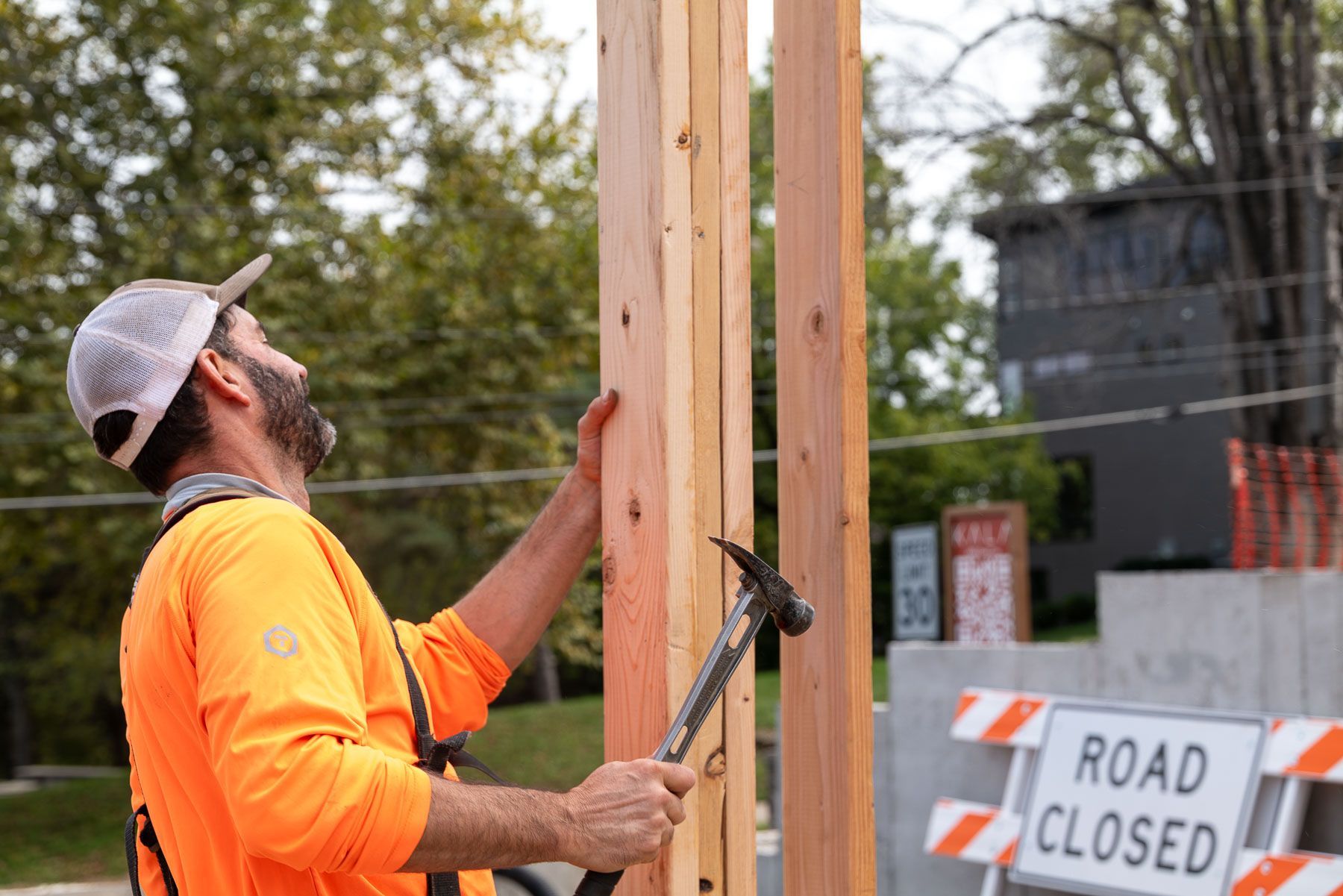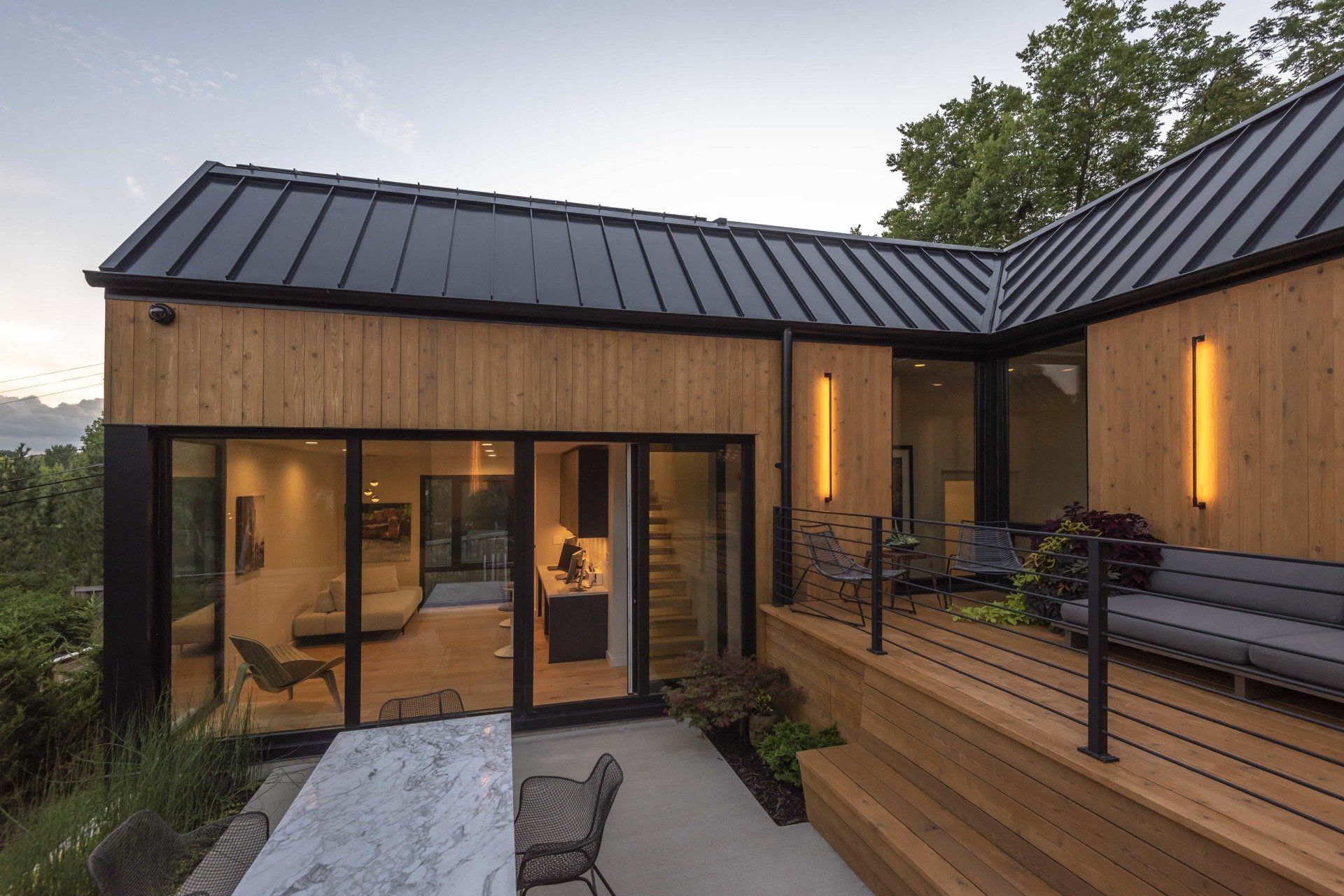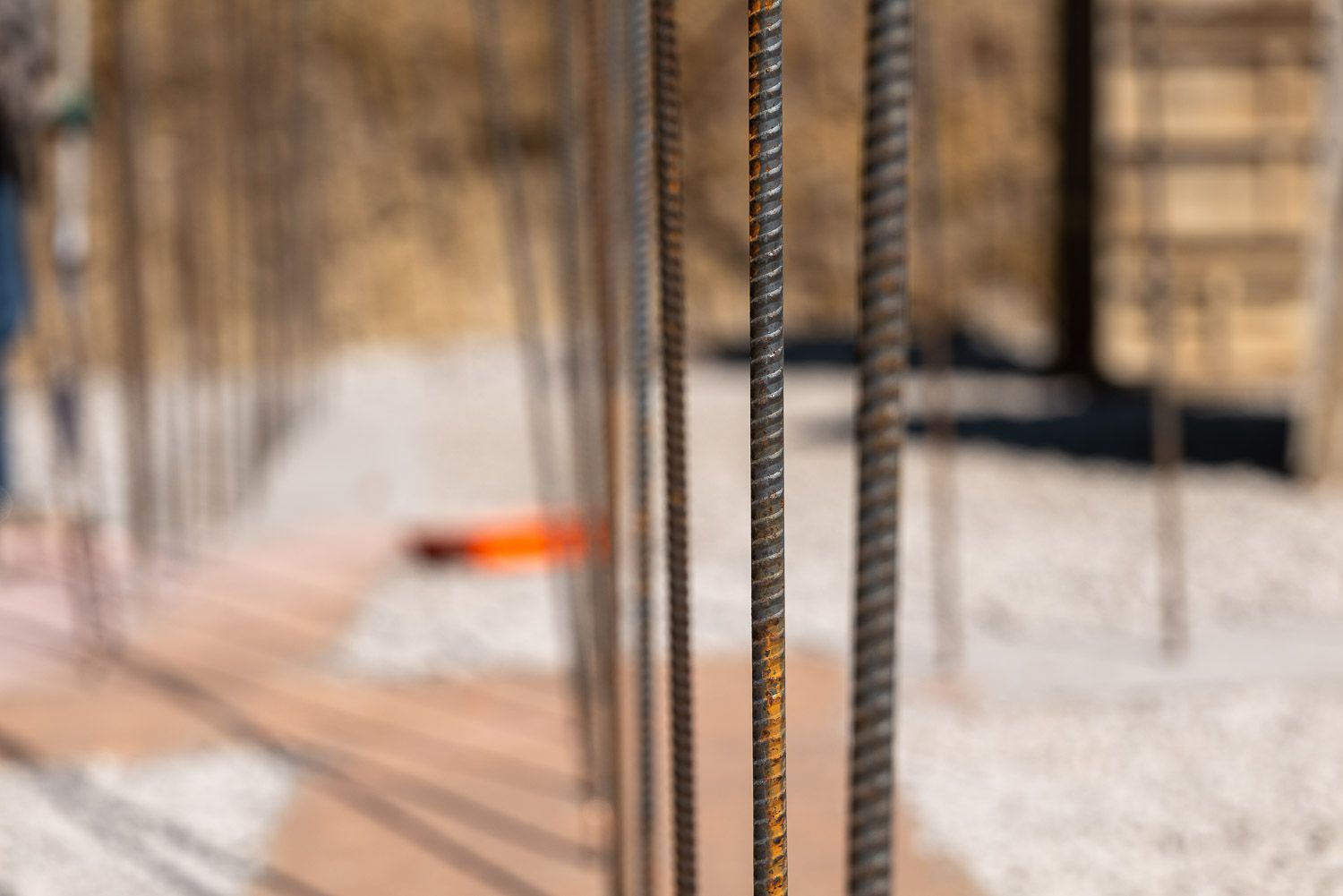How Passive House Building Tackles Seasonal Allergies

How Passive House Building Tackles Seasonal Allergies
Runny nose. Headache. Sinus congestion. Tickly throat. If any of these symptoms sound all too familiar, you’re probably one of the many people that struggle with exposure to grass, pollen, and other seasonal allergens. And while the warmer weather is encouraging you to get outside, peak allergy season might be deterring you. Let’s look at how a Passive House can help homeowners come off their allergy medicines and improve their health.
A 2024 poll conducted by YouGov and Yahoo found that 46 percent of respondents struggle with seasonal allergies, and for 22 percent of these, it was serious enough to miss some school or work. So it’s no wonder that 72 percent of those surveyed say they take prescription or over the counter medication. The Asthma and Allergy Foundation of America estimates that this amounts to annual spending of three to four billion dollars.
If you’re already hoping for the end of peak allergy season, you might be waiting awhile. A study that reviewed pollen data from 60 sites across the US found that it’s starting sooner and lasting up to 20 days longer with increasing temperatures leading to an extended growing and blooming season for certain crops, trees, and grass. The Kansas City Beacon noted that the Midwest is one of the regions impacted most, with Wichita rated as the seasonal allergy capital of the entire country.
Heading home should provide some kind of respite from allergens, air pollution, and wildfire smoke. Yet the EPA states that while such outdoor irritants might make us think we’re better off inside, “the concentrations of some pollutants are often 2 to 5 times higher” in our houses and workplaces. This is an issue because according to data from the American Time Use Survey, we spend 62 percent of our waking time at home, up from 50 percent in 2019, and the number of remote work days has increased by 142 percent.
Achieving an Airtight Building Envelope
While most homes appear to be fully enclosed, the use of low-grade building materials and the shortcuts taken on many job sites actually mean that they are far from airtight. Gaps and cracks in the wall assembly, foundation, flooring, and other areas can allow even more air to get in than if you left a window or door open. Air transfer also occurs between openings in the cooler lower and warmer upper floors of the home, increasing the intrusion of outdoor air. This is bad news if you’re trying to recover from allergy symptoms, as the very irritants causing the issue are leaking into your home.
Fortunately, Passive House principles – the most rigorous green building standard – offer hope. High-performance builders like Kala – the only design and build firm dedicated to building to Passive House standards in Kansas City - understand that for air to be effectively managed inside a home, it must be regulated with an air control layer. This minimizes excess air flow and reduces the number and size of gaps, creating an airtight building envelope that encompasses all six sides of the home.
To earn Passive House certification from Phius, a builder must schedule a blower door test. This assesses the pressure differential between the inside and outside and the rate of airflow. When combined with the interior volume, these metrics indicate how airtight the home is. In a regular new construction home, there are three to 10 changes per hour, whereas a Passive House must have 0.6 or less. In other words, a Kala home is much more airtight, ensuring that outdoor allergens don’t intrude on your living space.
Coming Off Allergy Meds
Morgen Govindan, a physician whose family built a high-performing home with Kala in Overland Park, Kansas, noted the contrast between the air quality in it and a previous residence. “I can definitely tell a difference – when I come inside, I breathe easier,” she said. “When we were moving, every time we went back to our previous house, I would sneeze uncontrollably and feel terrible. And then we'd come back here, and I’d be fine. Our kids are off their allergy meds too.”
Elizabeth Foote, for whom Kala built a home to Passive House standards in Kansas City’s West Plaza neighborhood, noted that the air control layer doesn’t just improve allergy symptoms, but also increases comfort and sustainability.
“That goes back to the level of construction and all the thought that went into the envelope of the house,” she said. “Kala put in all kinds of insulation, and we had an air barrier installed to eliminate any potential gaps or leaks. We’ve probably reduced our electric bill by half.”
Creating an Allergy-Free Sanctuary
When you’re seeking refuge from grass and pollen, you’d expect to be able to close the windows and doors and keep them out. However, in a typical home, low-grade glass, budget hardware, improper sealing, and poor insulation undermine this premise. Even when they’re shut, windows and doors can still allow allergens to seep in.
In contrast, a high-performance builder like Kala uses triple-pane, gas-filled glazing, premium hardware, tight sealing, and expert installation. This ensures that all windows and doors provide the kind of barrier that you’d hope for, keeping outdoor allergens away when they’re shut so you can breathe easier.
Elizabeth Foote’s husband, Kyle, has noticed a significant difference from previous houses when he’s inside with windows and doors closed. “I have seasonal allergies and when the house is closed up, it's fine,” he said.
Breathing Fresh, Filtered, Allergy-Free Air
Another reason that the Footes are finding their indoor air quality to be better is that the home is ventilated differently. In a regular home, air conditioning combined with the cracks in the envelope allow for allergens to infiltrate the home, and are spread through the entire house.
Since a Passive House is essentially airtight, an ERV system is utilized to bring in fresh, filtered, allergy-free air and gently circulate it throughout the home. It also takes stale air out, removing allergens, pollutants, pet hair and dander, and other irritants that could cause or worsen health issues.
“As far as air quality, it's superior,” Elizabeth Foote said. “We have the ERV system that runs constantly and then we have the HVAC that works very efficiently for this house.”
Morgen Govindan’s husband Sush, who is a pulmonary physician, agrees that the superior air control, continuous ventilation, and high-performance windows and doors in their Kala home have significantly improved the family’s allergy issues.
“I have a prescription medication that I take for asthma and allergies,” he said. “It was probably something to do with the rental house we were living in, where the air quality was substantially worse. Now, I can go a period of time without the medications and still be okay. I think that's somewhat related to the way the house is built and the air filtration that's in it. Our kids have stopped using their nasal sprays. It has definitely made a difference.”
To discover more about how Kala can build you a healthy home, contact us today.







